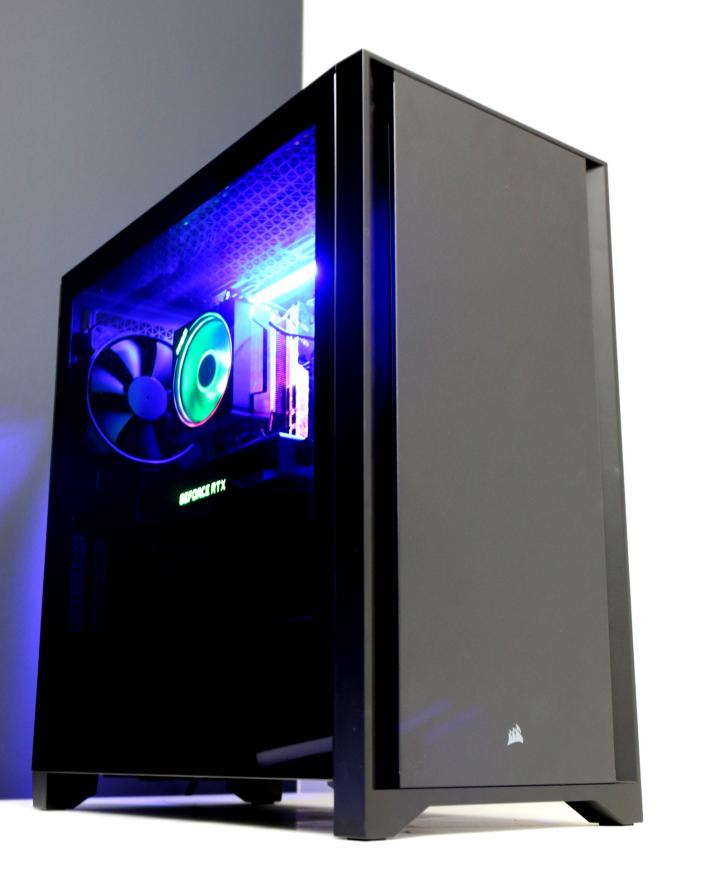Introduction
Corsair 4000D PC Chassis review
Back in July all of a sudden a new Corsair chassis got listed, so yeah it wasn't a secret that they would out their new 4000 series lineup. After some delivery issues, we can finally present to you our 4000D review. And she's quite the beauty. The 4000 series of cases marks a change for corsair how they name and brand their chassis. No more obsidian, carbide, and so on. No, it's not 4x bigger than the 1000D. Going forward every new chassis will sit in a numbered series to make the product more clear to understand. The core design is the same for the 4000 series, but the trim can be different ergo, airflow and RGB models.
Internally all 4000 series are pretty much the same and have air guide fans with what Corsair names anti-vortex vanes with the intention of directing airflow more precisely towards warm running components. Corsair not just simplified the naming of the chassis, this mid-tower series also comes in three models 4000D, 4000D AIRFLOW, and iCUE 4000X RGB. I guess you can tell what model does what best.
The iCUE 4000X has dimensions of 453mm x 230mm x 466mm has place for an ATX motherboard and includes a USB 3.1 Type-C. Corsair supplies three 120mm SP RGB Elite fans with the case and a Lightning Node Core as standard to operate the system via iCUE, to which up to 6 RGB fans can be connected. In addition to the iCUE, a 4000D and a 4000D Airflow have also been announced. In terms of the inside, the cases do not differ, only the front panel has been changed. So, the 4000D has a closed front and the Airflow variant has an open mesh. A striking feature is the so-called 'RapidRoute' system for cable management, a pre-installed gutter with Velcro strips so that you should be able to easily create a neat cable situation in the back. There is a placement for up to six 120mm fans or four 140mm fans fit in the case; in terms of water cooling, a radiator of 360 mm fits in the front, at the top you can another 280-millimeter radiator. Two black 120mm fans are included. As is the norm nowadays, the power supply is hidden in its own shielded shaft, which also features an HDD cage with room for two drives. Behind the motherboard, you'll spot two more 2.5-inch brackets. In addition to the seven expansion slots, two more are placed vertically, if you want to mount your GPU rotated. The i/o on top consists of usb-c, usb-a and a combined audio port for microphone and headset.
Have a peek, and then we'll head onwards into the review. BTw the chassis we test is the standard 4000D, which sells at just 80 USD.


